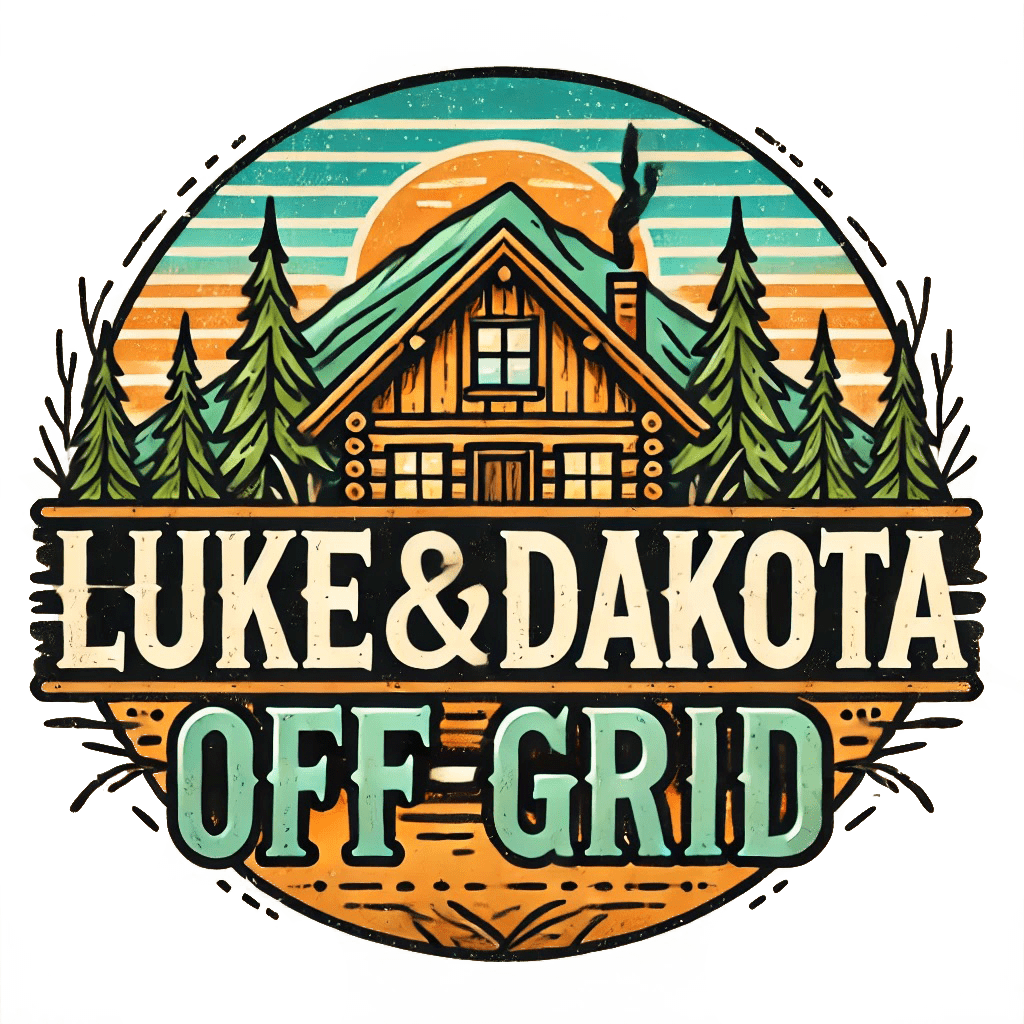Choosing the right grain for livestock feed is essential for optimizing animal health, maximizing growth, and keeping farm costs in check. Sorghum and corn are two of the most widely used grains for feeding livestock, but which one is better?
Both grains have unique nutritional benefits, growing requirements, and cost factors that impact their effectiveness as feed. In this article, we’ll compare sorghum vs. corn in terms of nutrition, digestibility, cost, sustainability, and livestock suitability to help you decide which is the best choice for your homestead or farm.
Nutritional Comparison: Sorghum vs. Corn for Livestock
A. Macronutrient Breakdown
- Protein Content: Sorghum contains 10-12% protein, slightly higher than corn’s 8-10%.
- Energy Levels: Corn has a higher starch content, providing more readily available energy.
- Fiber Content: Sorghum has more fiber, which can be beneficial or limiting depending on the livestock.
B. Digestibility & Feed Conversion
- Corn is more digestible, making it a preferred feed choice for high-energy needs.
- Sorghum requires processing (grinding or cracking) for better digestibility, especially for poultry and swine.
- Cattle and goats can digest both grains well, but sorghum’s higher fiber may slow digestion.
C. Vitamin & Mineral Content
- Corn contains more vitamin A, essential for livestock health.
- Sorghum is higher in phosphorus and potassium.
- Both grains lack sufficient calcium, requiring supplementation in feed mixtures.
Growing & Harvesting Considerations
A. Climate & Soil Requirements
- Corn thrives in moderate to high rainfall areas and requires well-fertilized soil.
- Sorghum is highly drought-resistant, growing well in sandy or less fertile soils.
- Temperature Needs: Corn prefers warm, stable climates, while sorghum tolerates extreme heat and dry conditions.
B. Growth Cycle & Yield per Acre
- Corn takes longer to mature (100–120 days) compared to sorghum (85–100 days).
- Corn generally produces a higher grain yield per acre but requires more water and nutrients.
- Sorghum is a better choice for drought-prone areas due to its resilience.
C. Pest & Disease Resistance
- Corn is vulnerable to pests like corn borers and rootworms.
- Sorghum is naturally more resistant to pests and diseases, reducing the need for pesticides.
Cost & Economic Factors
A. Cost of Production
- Corn requires higher inputs, including fertilizer, pesticides, and irrigation.
- Sorghum is more cost-effective to grow due to lower water and input needs.
B. Market Price & Availability
- Corn is widely available, making it easy to source and sell.
- Sorghum is often cheaper to produce but may have limited markets depending on the region.
C. Storage & Shelf Life
- Corn requires moisture control to prevent mold and spoilage.
- Sorghum is more resistant to spoilage, making it easier to store long-term.
Which Grain is Best for Different Livestock?
A. Cattle & Dairy Cows
✔ Corn is ideal for high-energy needs, supporting milk production and weight gain. ✔ Sorghum is a good alternative in drought-prone areas but requires processing for better digestibility.
B. Pigs & Poultry
✔ Corn is the preferred choice due to its easy digestibility and energy density. ✔ Sorghum can replace corn but should be finely ground to improve nutrient absorption.
C. Goats & Sheep
✔ Both grains work well, but sorghum’s fiber content supports gut health in ruminants.
D. Horses
✔ Corn provides more energy but should be fed in moderation to avoid digestive issues. ✔ Sorghum is an option but should be fed carefully due to tannins that can affect palatability.
Sustainability & Environmental Impact
A. Water Usage
✔ Sorghum requires 30-50% less water than corn, making it the superior choice for dry regions.
B. Fertilizer & Chemical Use
✔ Corn requires heavy fertilization, leading to higher environmental impact. ✔ Sorghum grows with fewer inputs, reducing reliance on synthetic fertilizers.
C. Soil Health & Erosion Control
✔ Sorghum’s deep roots improve soil structure and prevent erosion. ✔ Corn depletes soil nutrients faster, requiring crop rotation and additional amendments.
Final Verdict: Which Is the Better Livestock Feed?
Best for High Energy Needs:
✔ Corn wins due to higher starch content and digestibility.
Best for Drought-Prone Areas:
✔ Sorghum wins due to water efficiency and pest resistance.
Best for Cost-Effectiveness:
✔ Sorghum wins due to lower input costs and storage stability.
Best for Market Availability:
✔ Corn wins due to easier sourcing and established pricing.
Conclusion: Making the Right Choice for Your Farm
- Corn is the best option for high-energy livestock diets but requires more water, fertilizer, and pest control.
- Sorghum is a resilient, cost-effective alternative that thrives in tough growing conditions but needs processing for some livestock.
- The best choice depends on your climate, budget, and the type of livestock you’re feeding.

